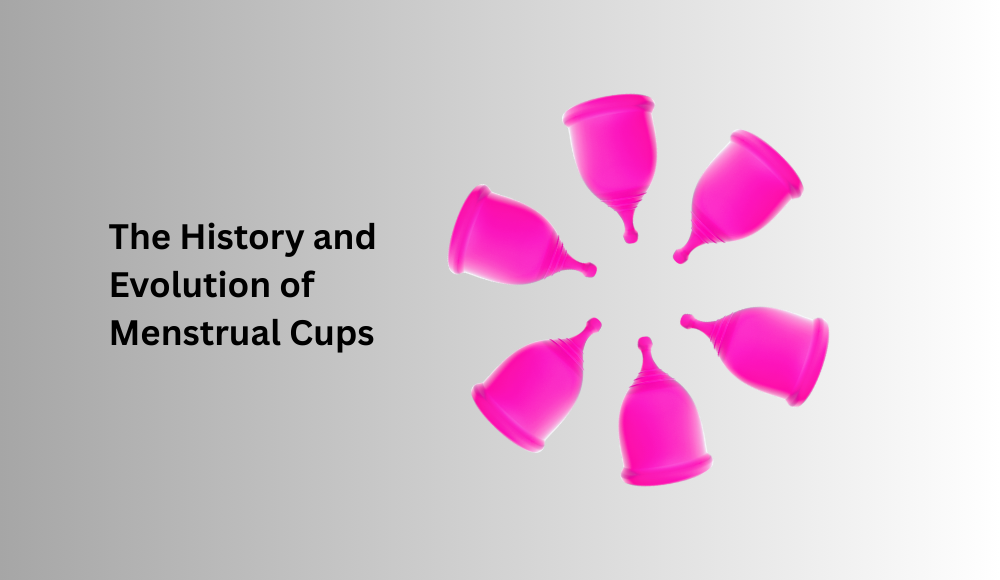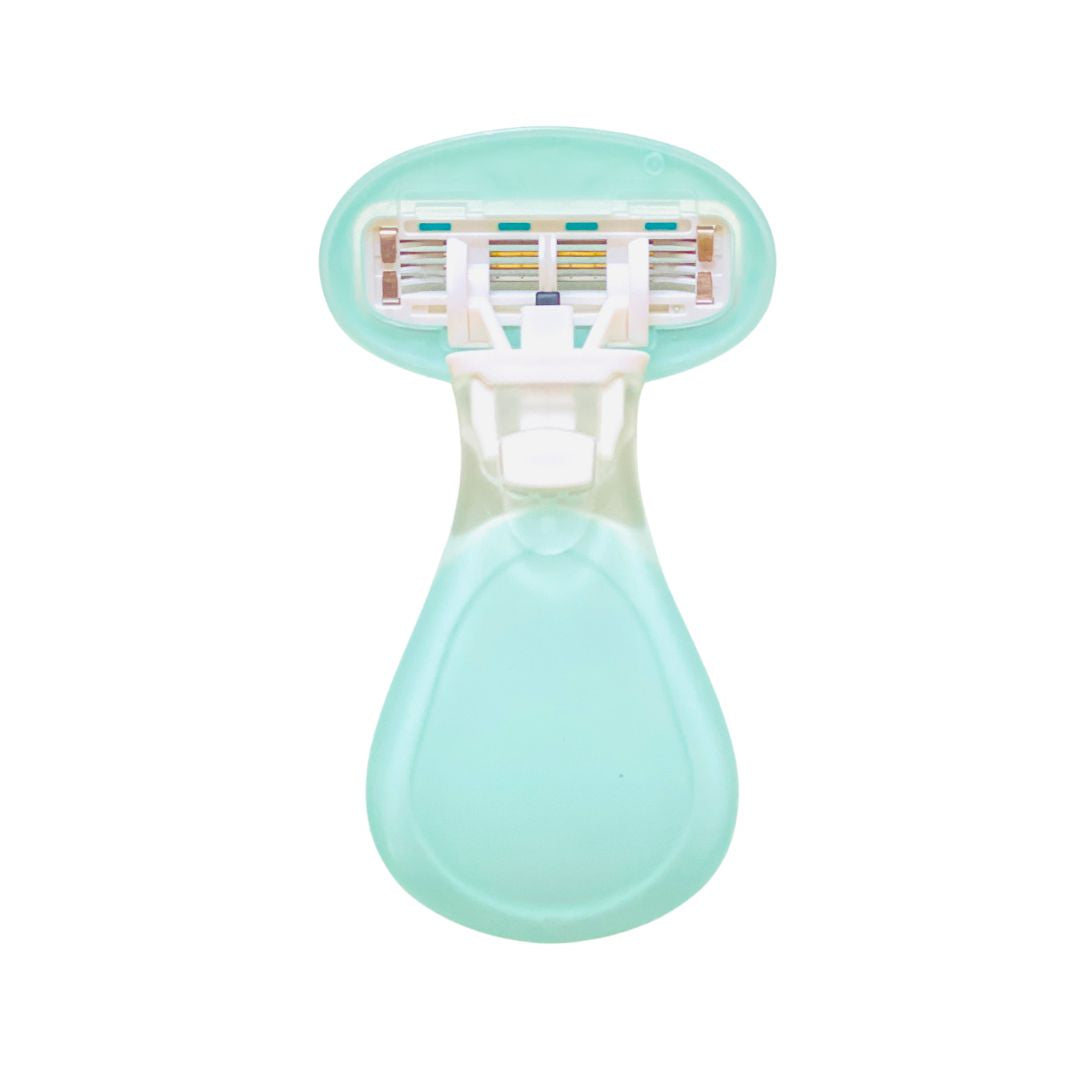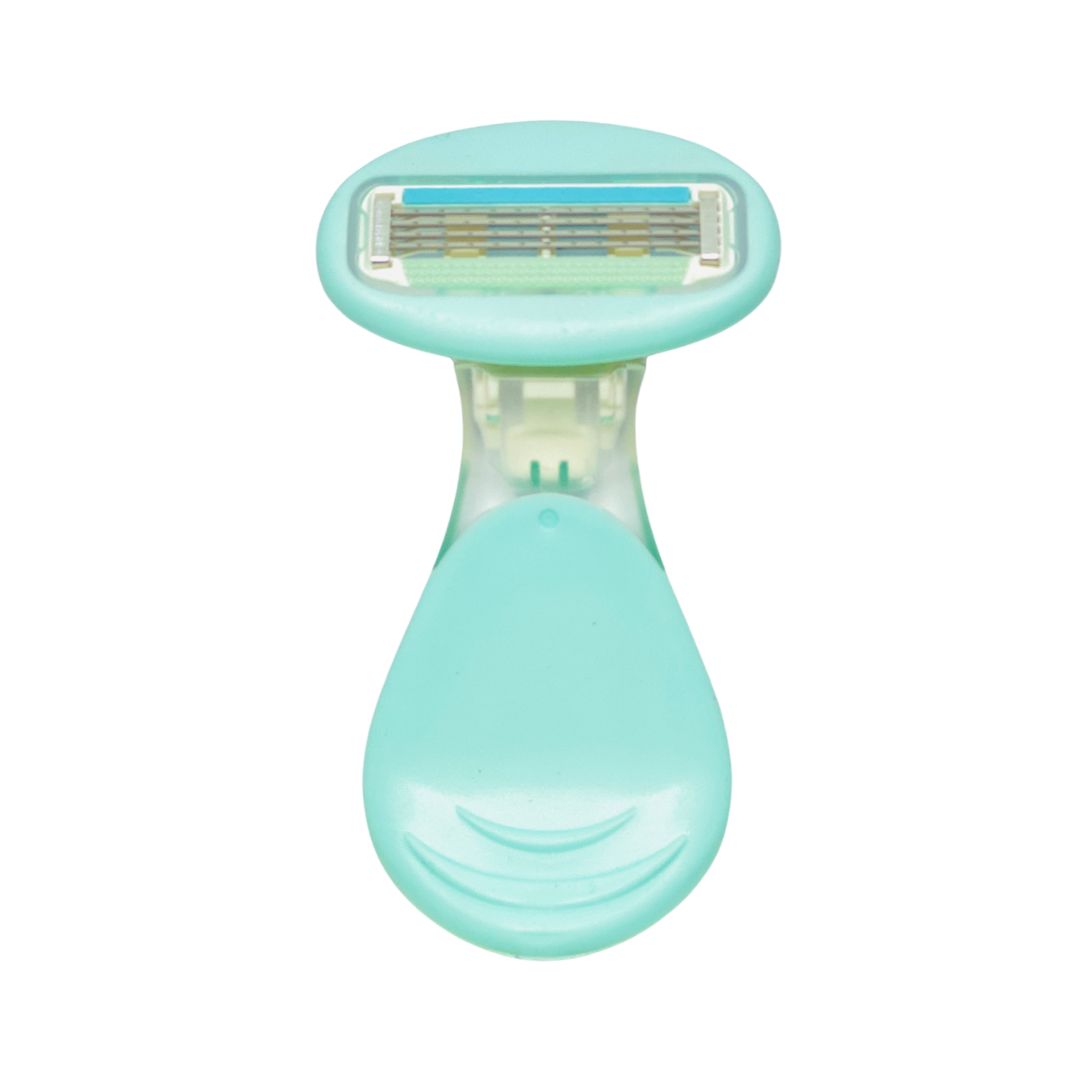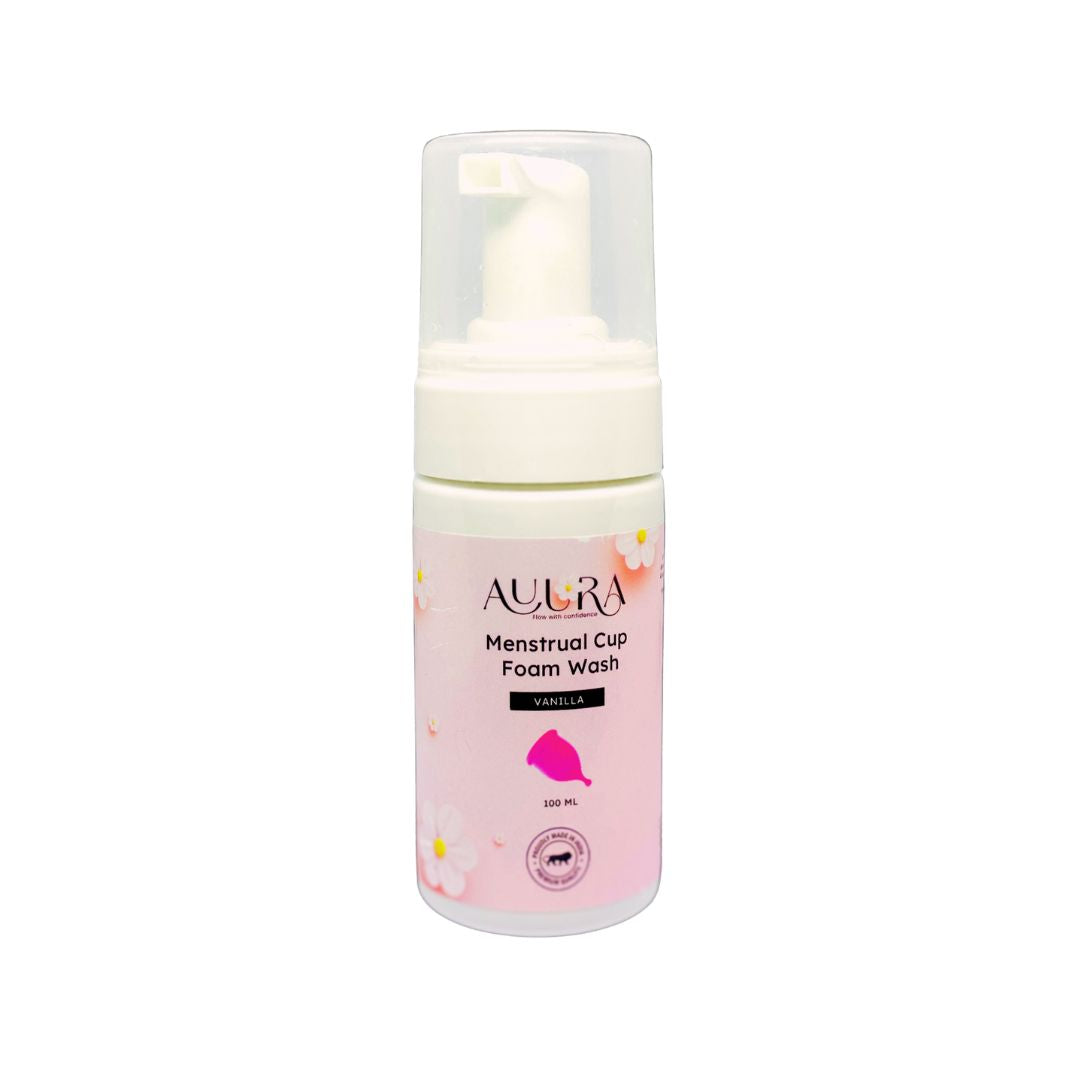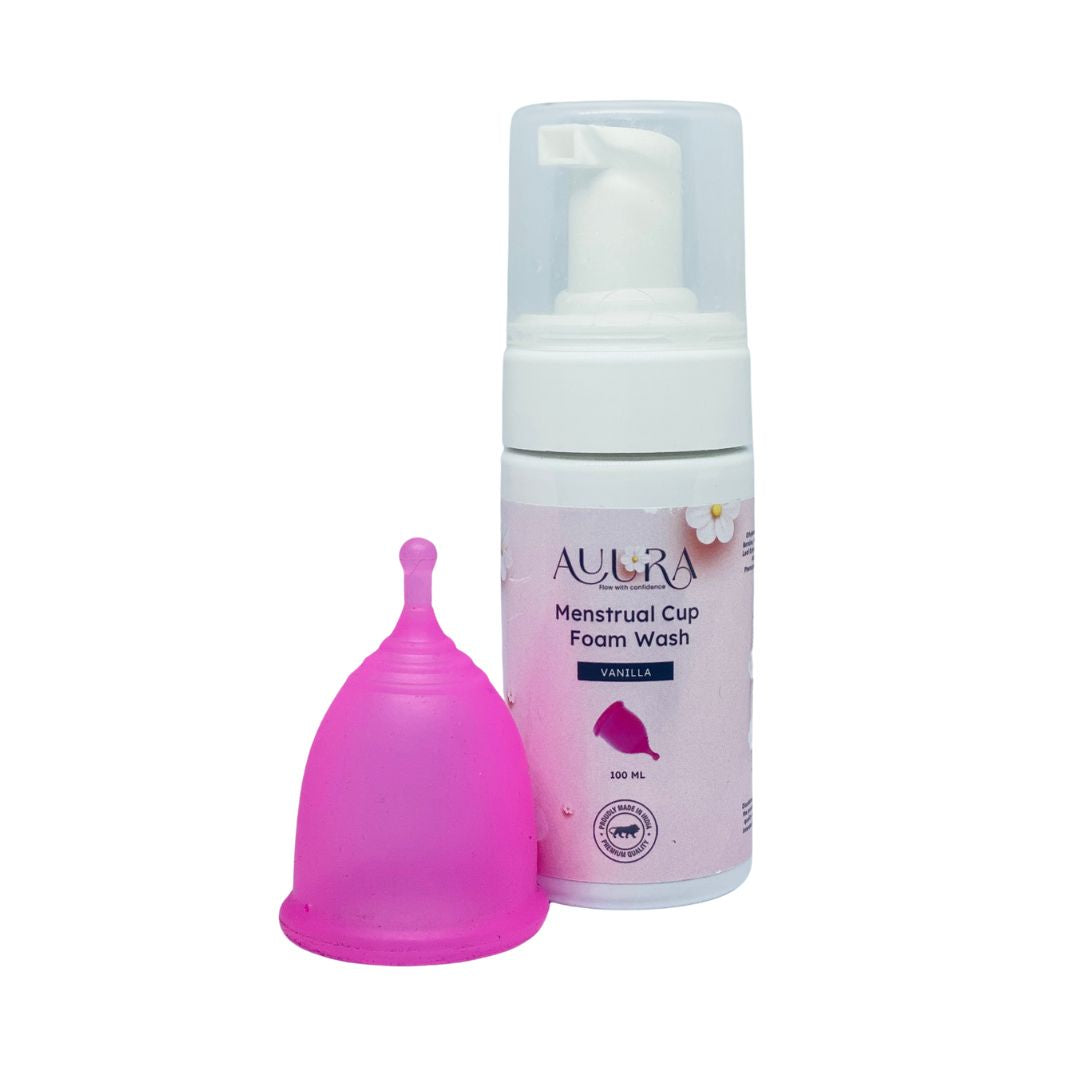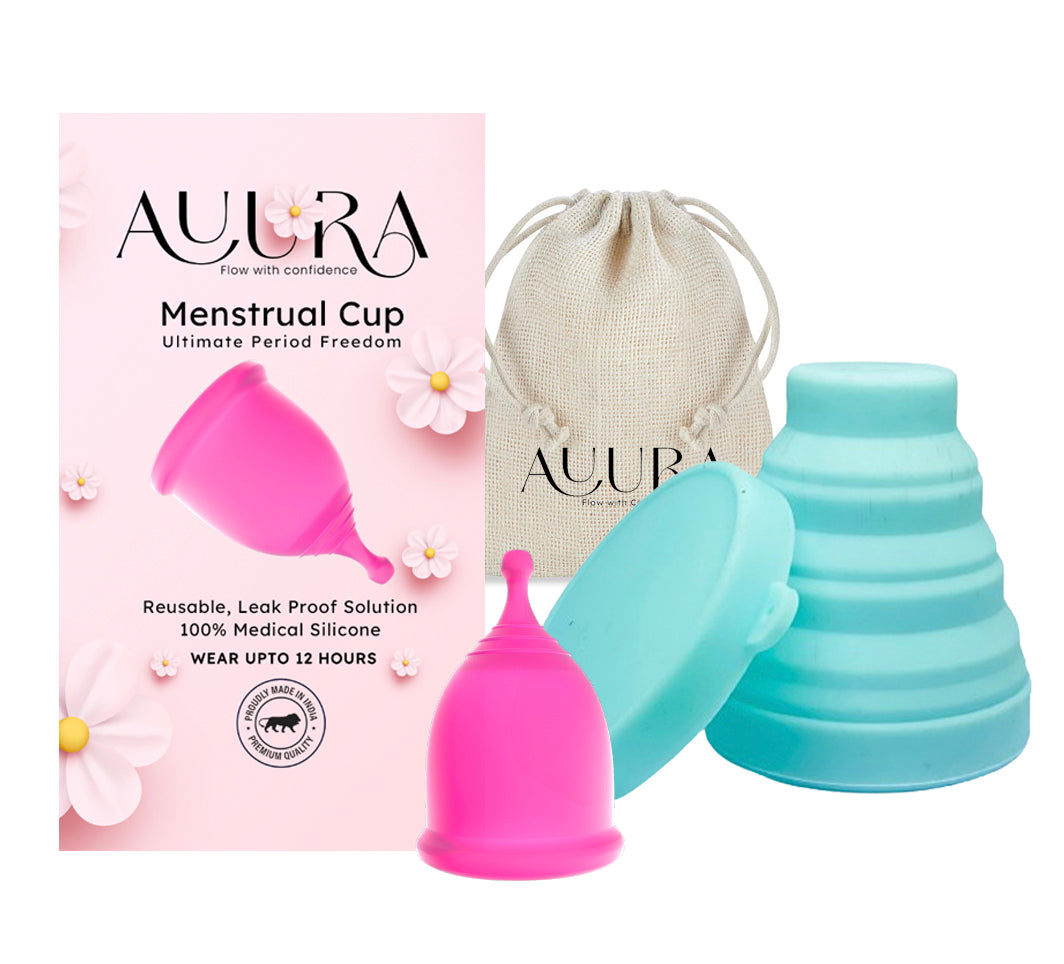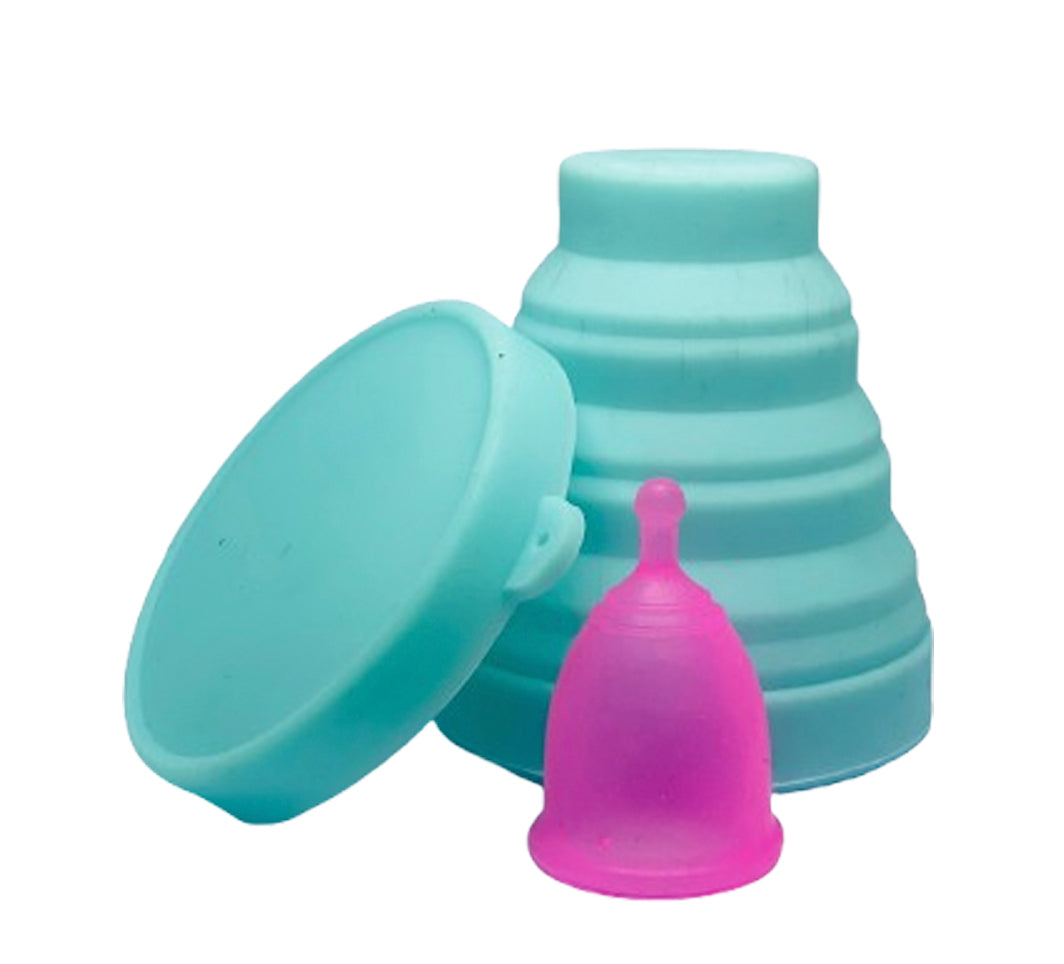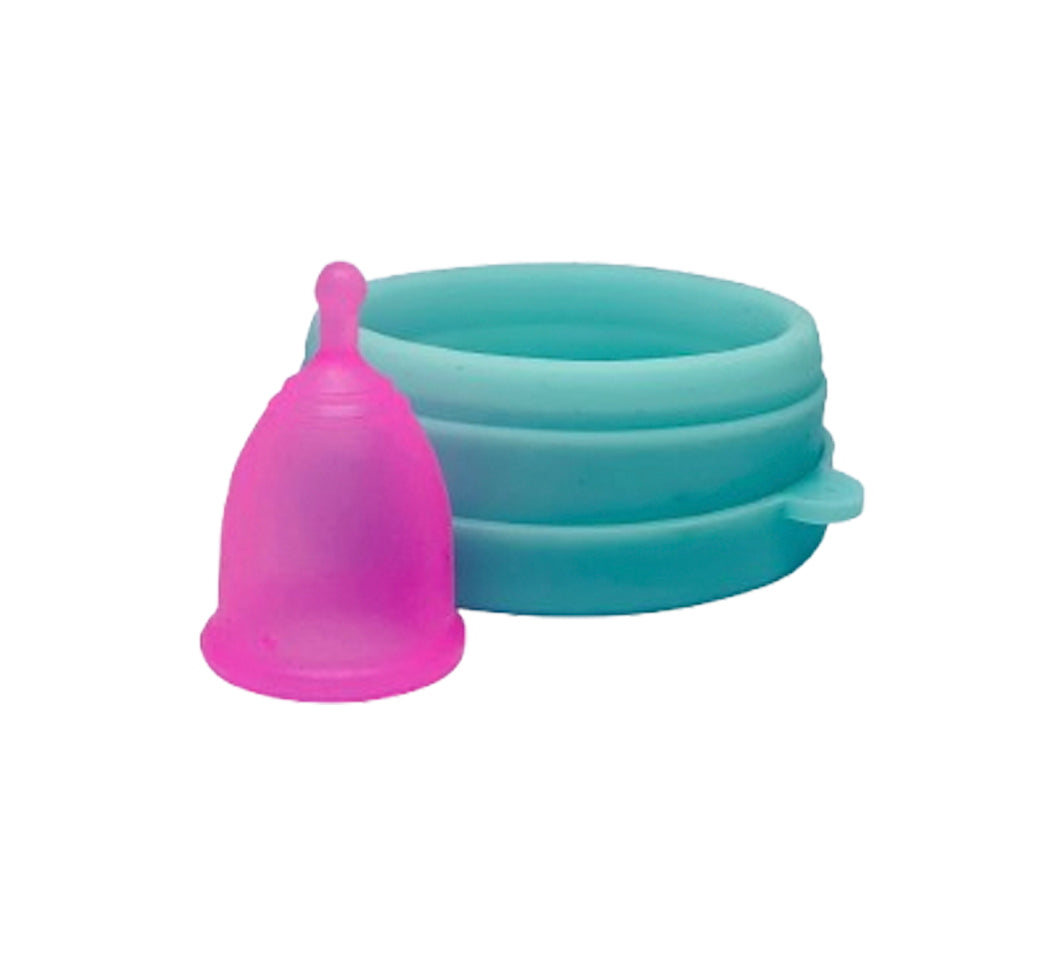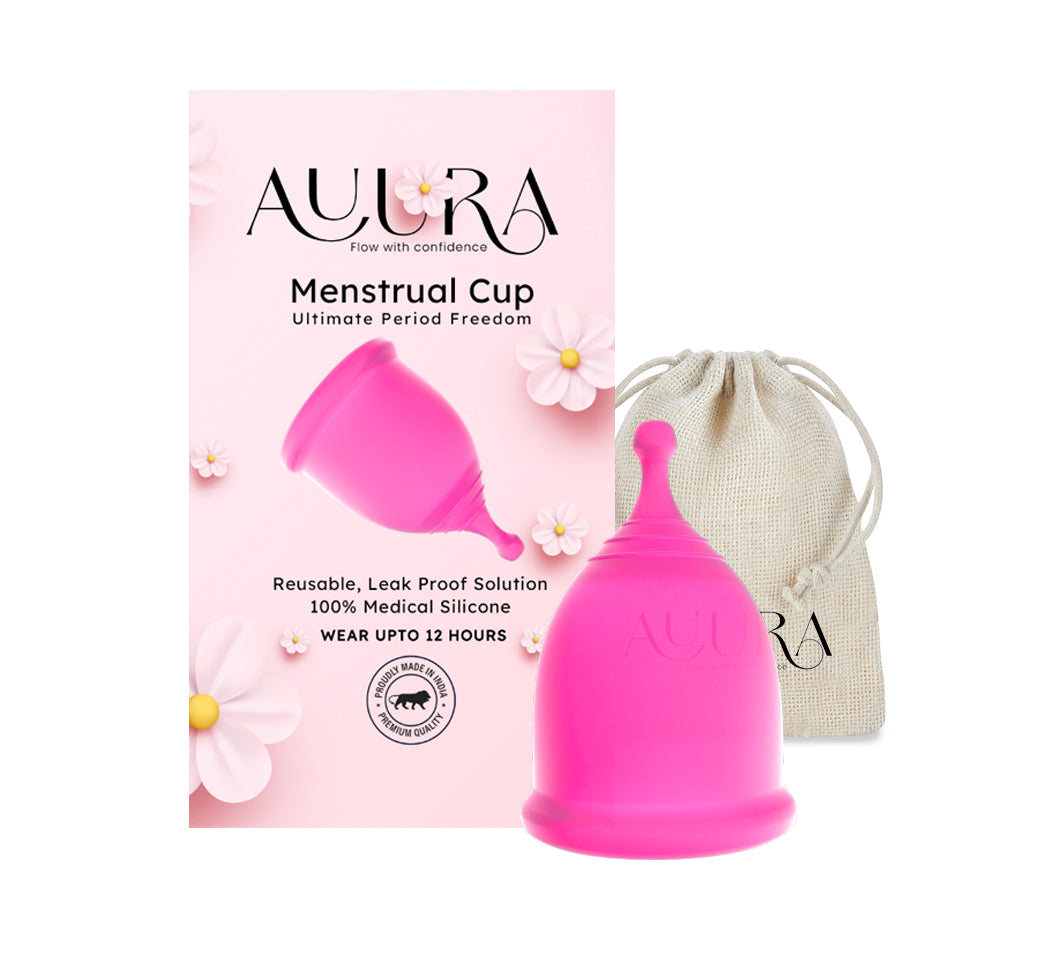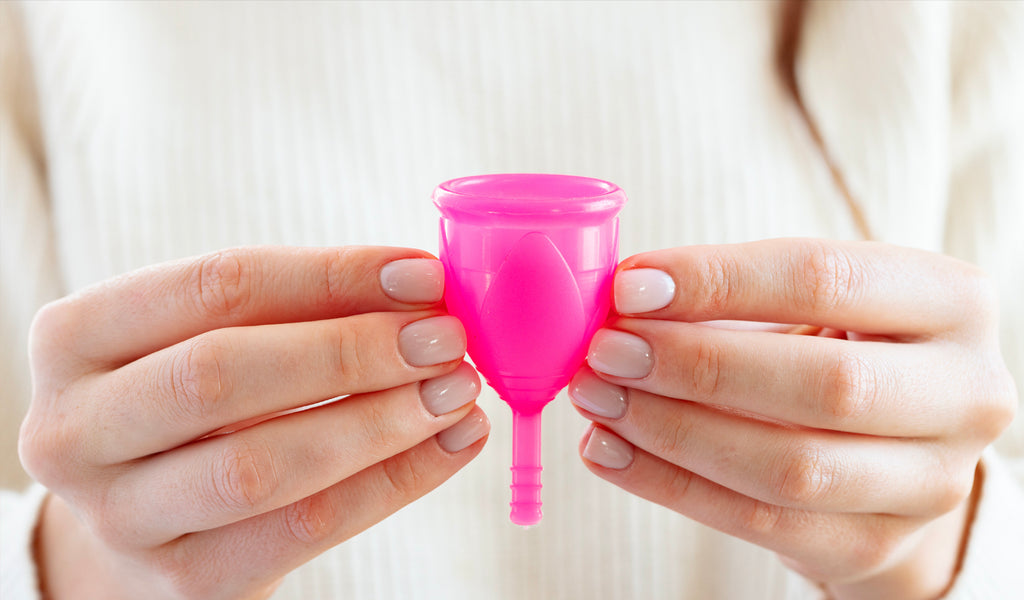
Step-by-Step Guide to Wearing a Menstrual Cup for Beginners

Switching to a menstrual cup can feel daunting at first, but with the right guidance, it can be a game-changer in your menstrual care routine. This detailed guide is designed to help beginners understand how to use a menstrual cup effectively, ensuring a comfortable and leak-free experience.
Why Choose a Menstrual Cup?
Before diving into the steps, it's essential to understand why so many women are making the switch. Menstrual cups are eco-friendly, cost-effective, and can be worn for up to 12 hours. They reduce the risk of Toxic Shock Syndrome (TSS) compared to tampons and significantly lessen the amount of waste produced by disposable menstrual products.
Choosing the Right Cup
The first step in your journey is selecting the right cup. Menstrual cups come in various sizes and materials. Most brands offer small and large sizes, with recommendations based on factors like age, childbirth history, and menstrual flow. A smaller size is generally recommended for those under 30 who haven't given birth vaginally, while a larger size may be suitable for those over 30 or who have given birth.
Preparing for Insertion
-
Cleanliness is Key: Before handling your cup, wash your hands thoroughly with soap and water. Sterilize your cup by boiling it in water for 5-10 minutes, especially if it’s your first time using it or if it’s been stored for a while.
-
Relax and Find a Comfortable Position: Choose a comfortable position for insertion. You can try squatting, sitting on the toilet, or standing with one leg elevated. Relax your pelvic muscles to make the process smoother.
Inserting the Menstrual Cup
-
Fold the Cup: There are several folding techniques to make insertion easier. The most common folds are the C-fold (or U-fold) and the punch-down fold. Experiment to find which fold works best for you.
- C-Fold: Flatten the cup and fold it in half to form a C shape.
- Punch-Down Fold: Push one side of the rim down into the cup, forming a smaller point for insertion.
-
Insert the Cup: Hold the folded cup firmly and guide it into your vagina, aiming towards your tailbone. Once the entire cup is inside, let go, and it will pop open to form a seal against your vaginal walls.
-
Check the Seal: Run a finger around the base of the cup to ensure it has fully opened. You can also try rotating the cup slightly to help it open and create a seal. The cup should sit low in your vagina, below your cervix.
Wearing the Menstrual Cup
-
Comfort: When inserted correctly, you shouldn’t feel the cup. If you experience discomfort, it may not be positioned correctly. Remove and try reinserting.
-
Activity: You can go about your daily activities, including exercising, swimming, and sleeping, without worrying about leaks. The cup can hold more fluid than a tampon or pad, providing longer protection.
Removing the Menstrual Cup
-
Wash Your Hands: Clean hands are crucial to prevent any infections.
-
Find a Comfortable Position: Similar to insertion, choose a position that feels comfortable.
-
Break the Seal: Pinch the base of the cup to release the suction seal. Wiggle the cup gently side to side while pulling it out. Avoid pulling it out by the stem alone, as this can be uncomfortable.
-
Empty and Clean: Empty the contents into the toilet. Rinse the cup with water and mild soap before reinserting. If you're in a public restroom, you can wipe it with toilet paper or use a menstrual cup wipe and clean it thoroughly at your next convenience.
Cleaning and Maintenance
Proper cleaning and maintenance are vital for the longevity and hygiene of your cup.
-
Daily Cleaning: Rinse your cup with cold water first to prevent stains, then wash with warm water and a mild, unscented soap.
-
Deep Cleaning: Sterilize your cup by boiling it for 5-10 minutes at the end of each cycle.
-
Storage: Store your cup in a breathable bag, often provided by the manufacturer. Avoid airtight containers, which can encourage bacterial growth.
Troubleshooting Common Issues
-
Leaks: If you experience leaks, check the cup’s position and ensure it’s fully opened. You might need a different size or shape if leaks persist.
-
Discomfort: If you feel discomfort, the cup might be too high or too low. Adjust its position or try a different folding technique.
-
Difficult Removal: Relax and take your time. Pinching the base to break the seal is crucial for a smooth removal.
Final Tips for Beginners
-
Practice Makes Perfect: It might take a few cycles to get fully comfortable with your menstrual cup. Be patient with yourself.
-
Know Your Body: Familiarize yourself with your anatomy to understand better how the cup should fit and function.
-
Seek Support: Many online communities and forums offer support and tips for menstrual cup users. Don’t hesitate to seek advice if you encounter challenges.
Switching to a menstrual cup can significantly improve your menstrual care experience, offering comfort, convenience, and sustainability. With this step-by-step guide, you're well-equipped to begin your journey confidently. Embrace the change, and soon you'll wonder how you ever managed without it.


